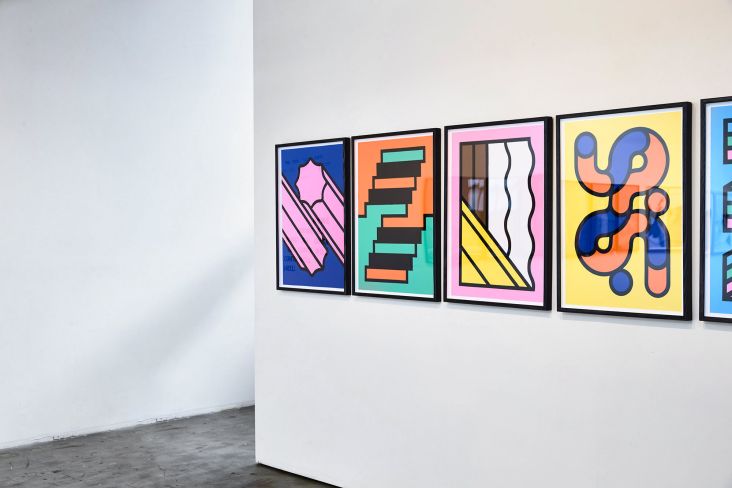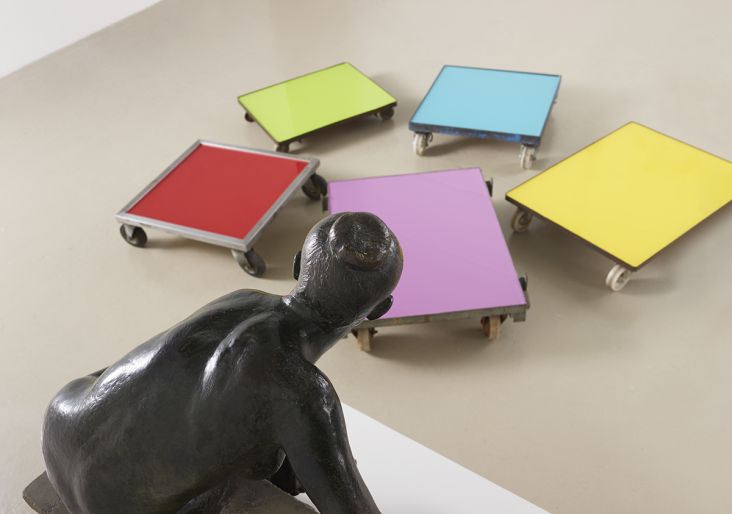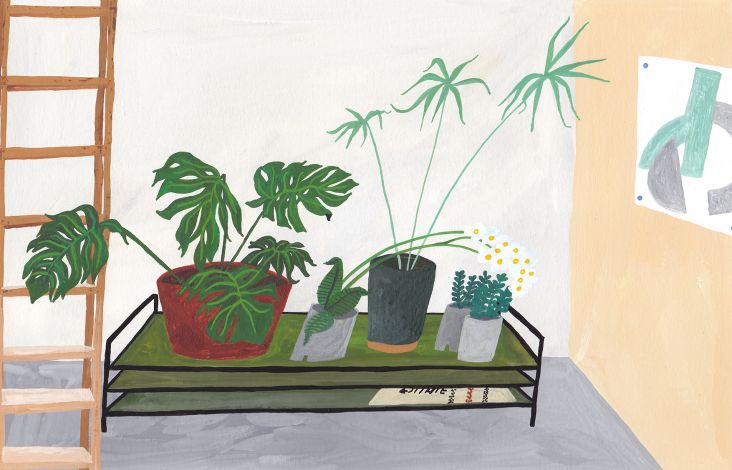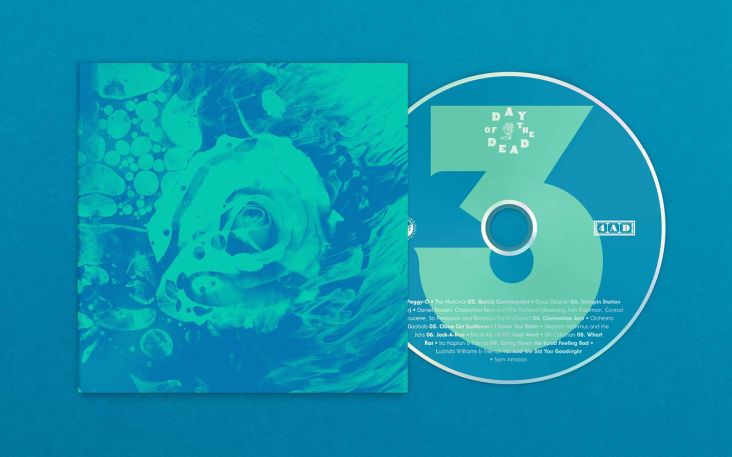American watercolor in the age of Homer & Sargent: A celebration of American art
It's considered to be the most comprehensive exhibition in over forty years devoted to the most important chapter in the history of watercolour painting in America. 'American Watercolor in the Age of Homer and Sargent' at the Philadelphia Museum of Art will bring together more than 170 works – many of them acknowledged masterpieces of this difficult, yet rewarding medium—drawn from public and private collections throughout the country.
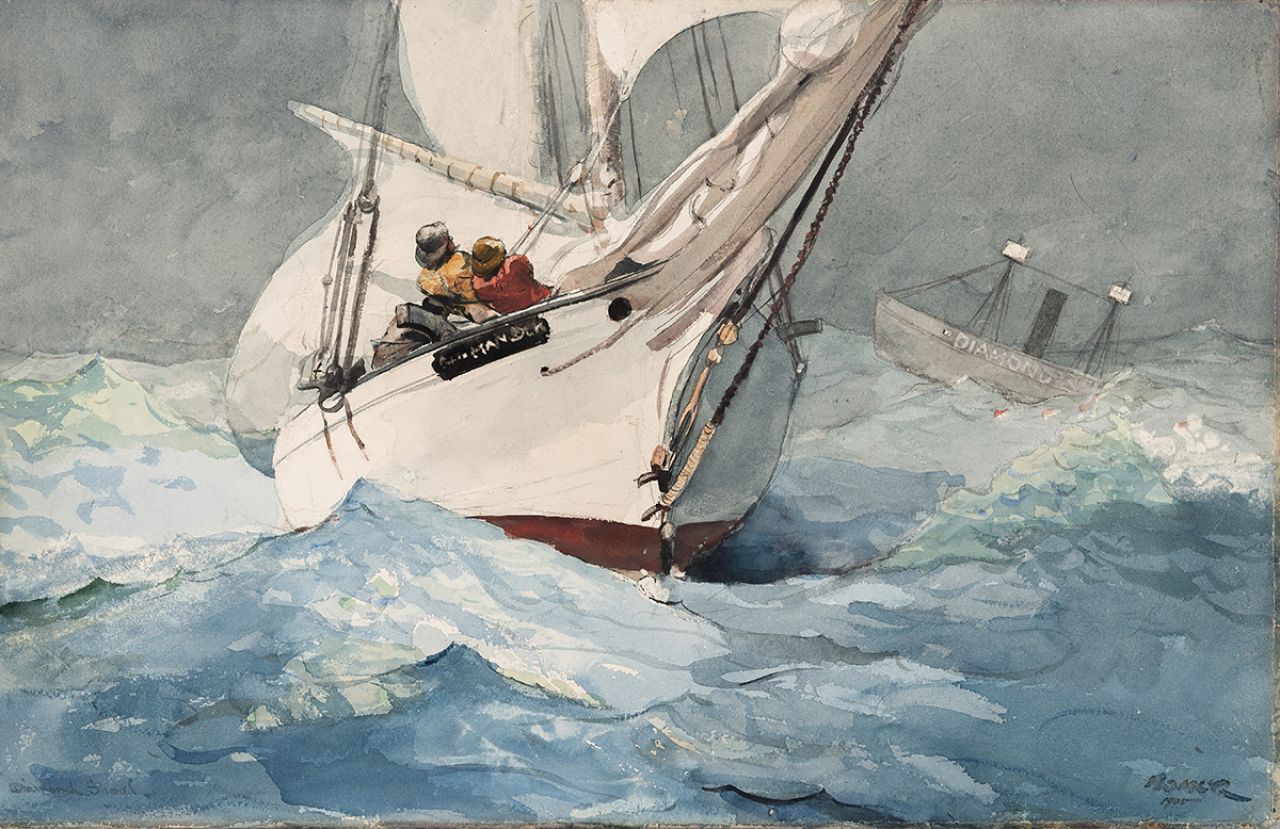
Diamond Shoal, 1905. Winslow Homer, American, 1836-1910. Watercolor and graphite on paper, Sheet: 14 × 21 7/8 inches. Private Collection.
Tracing the development of the watercolour movement from its passionate embrace by a small, but dedicated group of painters in the1860s to the flowering of Modernism, this sweeping survey will examine the remarkable transformation of the medium that occurred in the late nineteenth and early twentieth centuries and is centred on the achievements of two of its most influential practitioners: Winslow Homer (1836-1910) and John Singer Sargent (1856-1925).
The exhibition, which begins in March and runs until May, will demonstrate the extraordinary range of the works that American artists created in watercolour, from intricately detailed landscapes and genre scenes to architectural renderings and designs for ceramics and stained glass.
In addition to exceptional examples by Homer and Sargent, it will examine the art of many other leading American artists such as William T. Richards, Thomas Moran, and Edwin Austin Abbey, whose reputations were greatly enhanced by the popularity of their work. Discover more at philamuseum.org.
All images courtesy of Philadelphia Museum of Art. Main image: Diamond Shoal, 1905. Winslow Homer, American, 1836-1910. Watercolor and graphite on paper, Sheet: 14 × 21 7/8 inches. Private Collection.
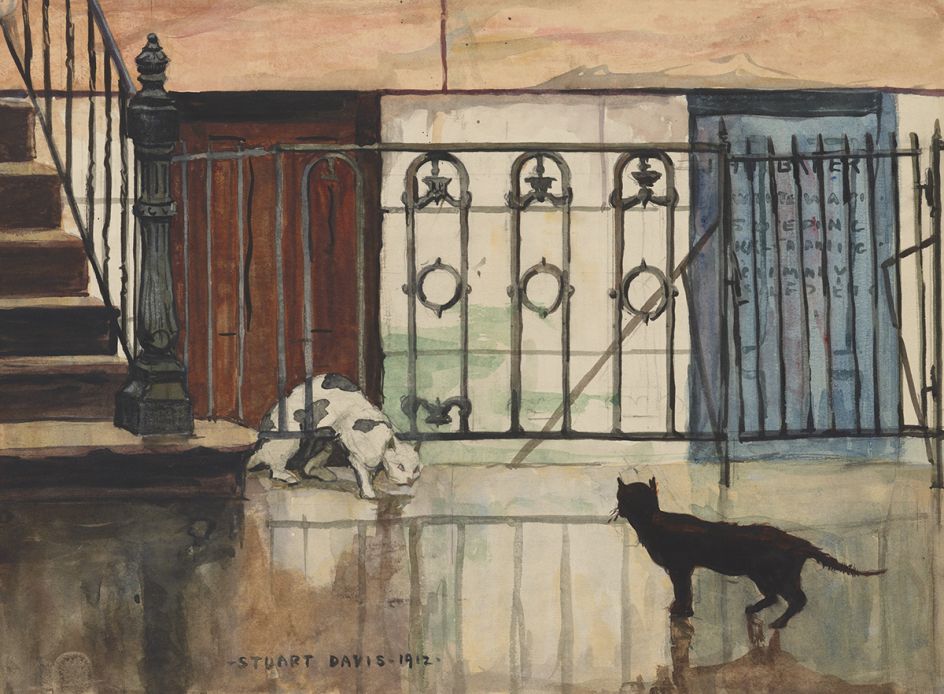
Two Cats, 1912. Stuart Davis, American, 1892 1964. Watercolor over graphite on wove paper, Sheet: 10 3/4 x 14 3/4 inches. Philadelphia Museum of Art, Gift of Carl Zigrosser, 1953, 1953-64-2, © Estate of Stuart Davis. Licensed by VAGA, New York
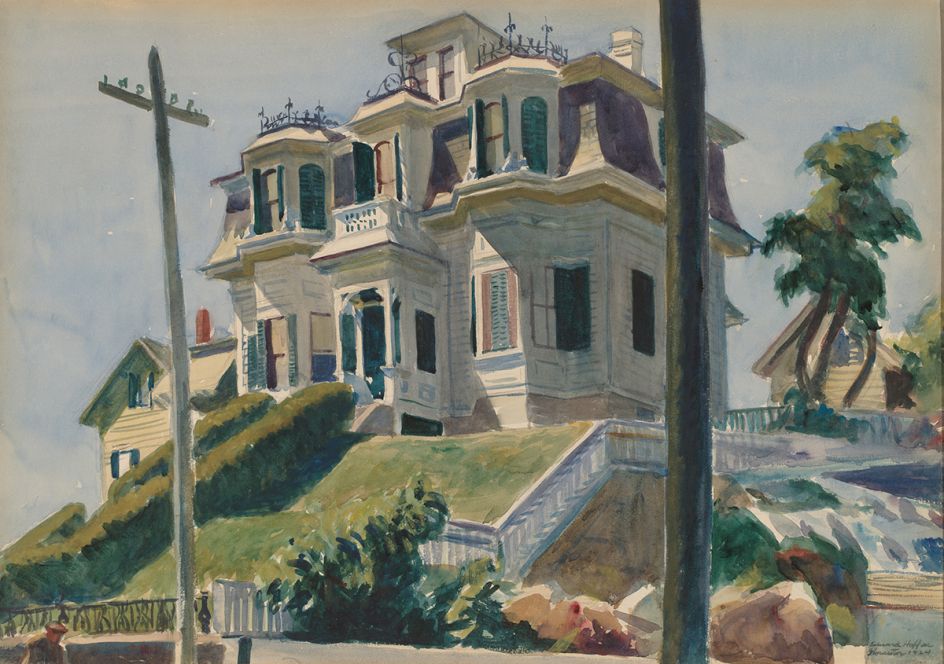
Haskell’s House, 1924. Edward Hopper, American, 1882-1967. Watercolor over graphite on paperboard, 13 1/2 × 19 1/2 inches. National Gallery of Art, Gift of Herbert A. Goldstone, 1996.
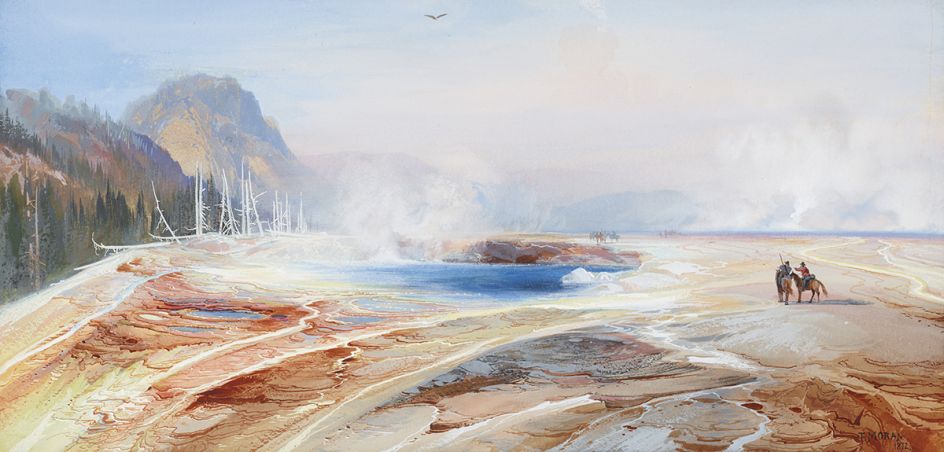
Big Springs in Yellowstone Park, 1872. Thomas Moran, American (born England), 1837-1926. Watercolor and opaque watercolor on paper, 9 1/4 × 19 1/4 inches. Private Collection.
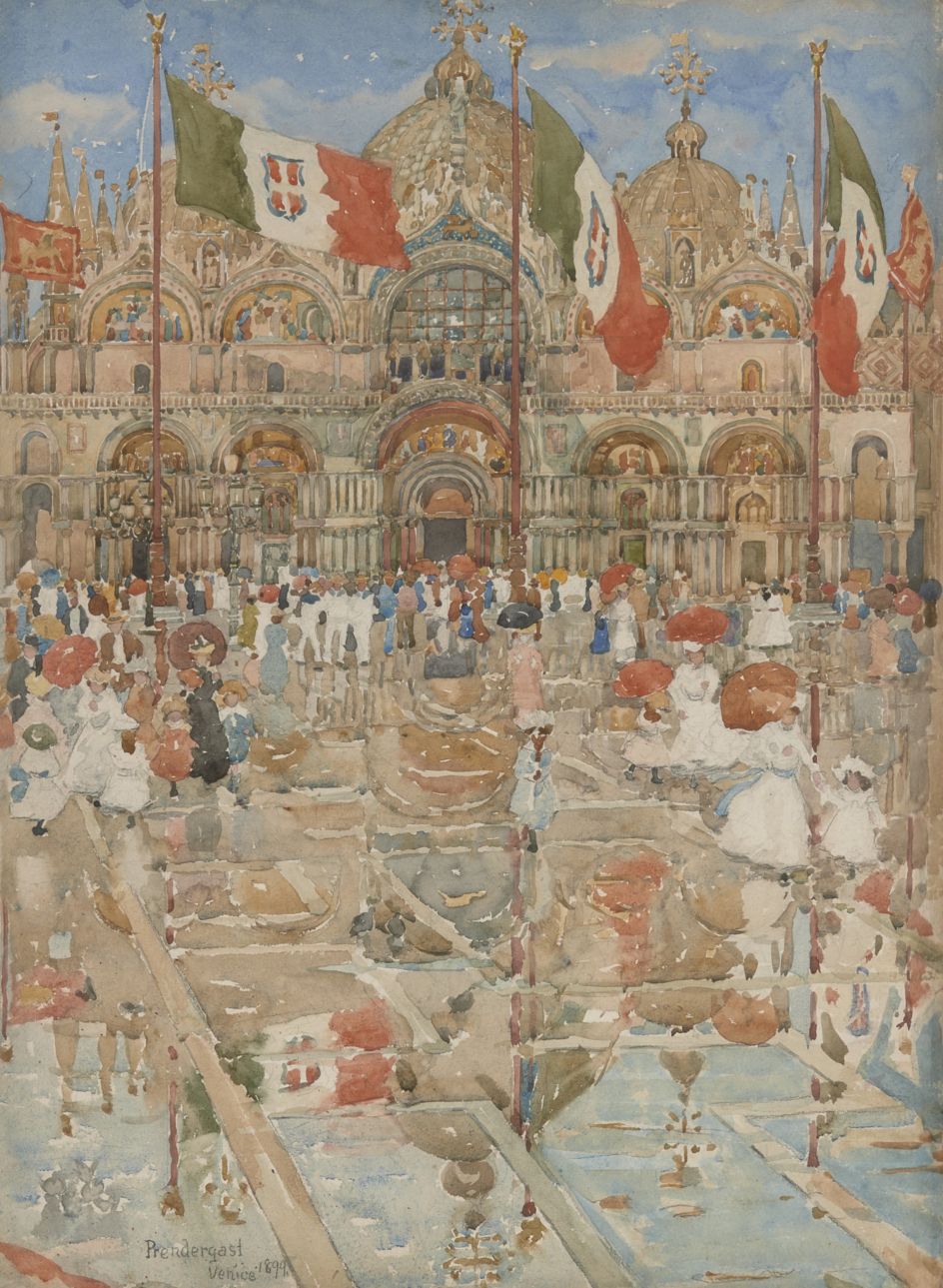
Splash of Sunshine and Rain (Piazza San Marco, Venice), 1899. Maurice B. Prendergast, American, 1858-1924. Watercolor and graphite on paper, 19 3/8 × 14 1/4 inches Private collection.
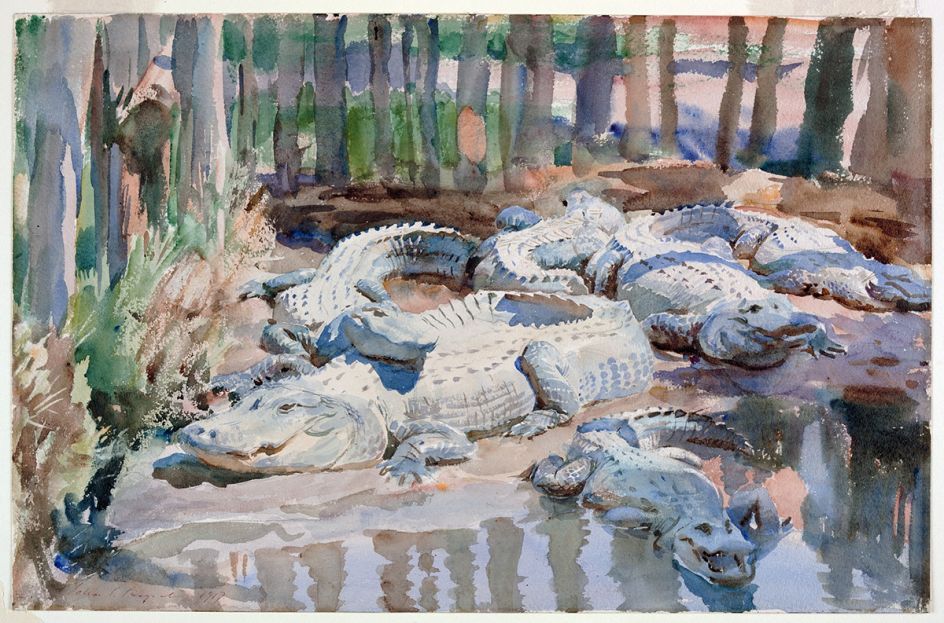
Muddy Alligators, 1917. John Singer Sargent, American (active London, Florence, and Paris), 1856-1925. Watercolor over graphite, with masking out and scraping, on wove paper, Sheet: 13 9/16 × 20 7/8 inches. Worcester Art Museum, Sustaining Membership Fund.




 by Tüpokompanii](https://www.creativeboom.com/upload/articles/58/58684538770fb5b428dc1882f7a732f153500153_732.jpg)


 using <a href="https://www.ohnotype.co/fonts/obviously" target="_blank">Obviously</a> by Oh No Type Co., Art Director, Brand & Creative—Spotify](https://www.creativeboom.com/upload/articles/6e/6ed31eddc26fa563f213fc76d6993dab9231ffe4_732.jpg)








